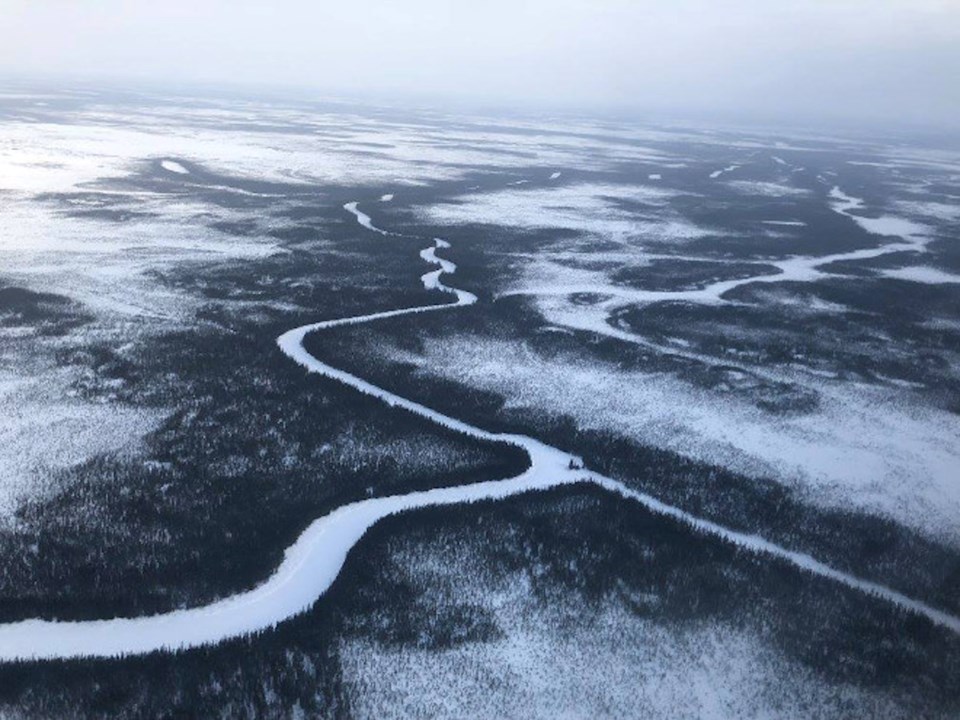MiningWatch Canada is joining the chorus of some First Nation leaders in the Far North in calling for a restart of Ottawa's Regional Assessment of the Ring of Fire.
Not enamoured with the draft terms of reference, the mining industry watchdog organization wants federal Environment and Climate Change Minister Steven Guilbeault to reboot it with area First Nations brought aboard as partners in a "co-designed process."
The chiefs of the First Nation communities of Neskantaga, Eabametoong, Fort Albany, Kashechewan and Attawapiskat have demanded a process that is “mutually and equally co-developed and co-led and co-enforced” by the First Nations.
First Nation communities along the James Bay coast have been voicing concerns about potentially negative downstream impacts from proposed mining operations.
The Ring of Fire is an isolated and rich mineral belt of nickel, chromite and other valuable metals, located in the James Bay region, 500 kilometres northeast of Thunder Bay. It was first discovered in the late 2000s and remains undeveloped.
Ottawa introduced this Regional Assessment process in February 2020. It is a new region-wide approach to Far North development to evaluate how mining development would impact the James Bay area.
The feds had been taking comments from the public and interested groups for the terms of reference on this unproven and untried process should be carried. The deadline to receive feedback was Feb. 1.
The First Nation communities previously declared a moratorium on development on all mining-related permitting and development until protection plans are in place to safeguard the region's wetlands and watersheds. They are calling for a "robust investigation" and more of a say in the decision-making process in the Ring of Fire and the lands surrounding it.
"Mining companies have promoted the region’s 'vast' deposits of chromite, nickel, copper and platinum for years while downplaying the fact that the complex engineering of a road into one of the most sensitive ecosystems on the planet will require a public subsidy of more than $1 billion," said MiningWatch in a news release.
"But for the Indigenous caretakers of the land, the stakes are much higher: their ability to continue to govern, perform ceremony, and derive sustenance from the lands and waters as guaranteed in Treaty 9."




